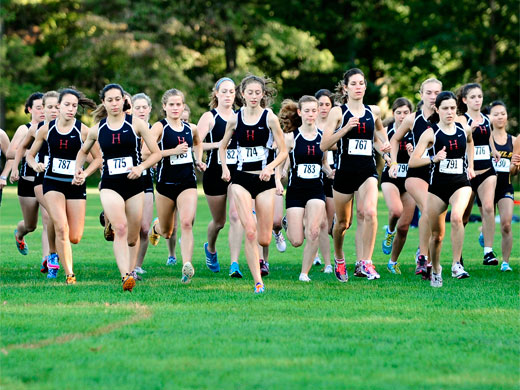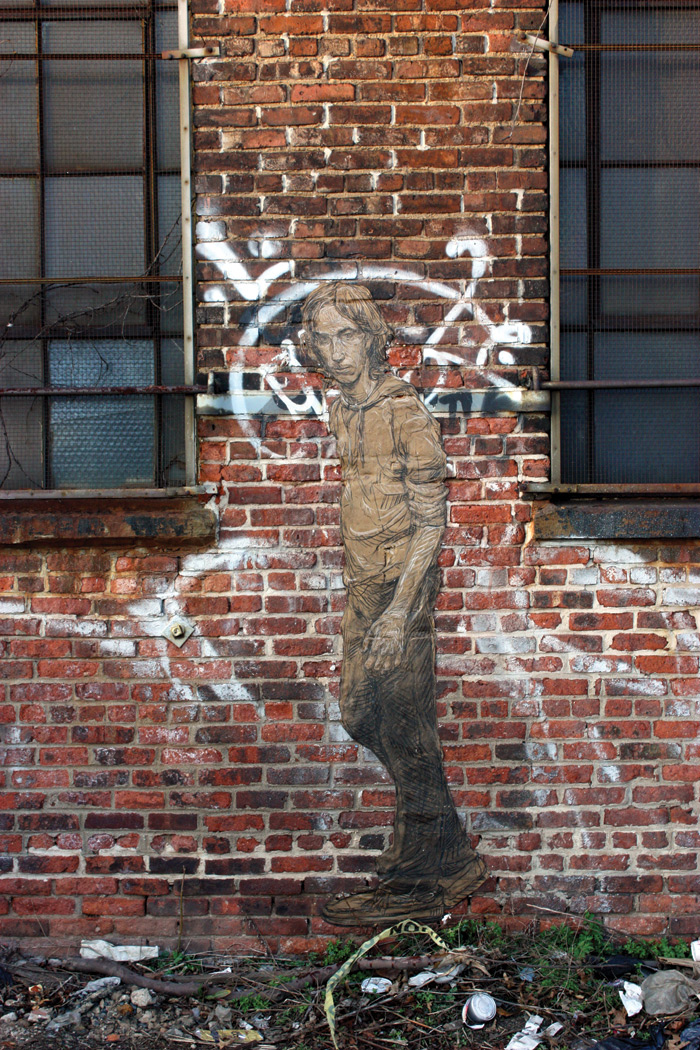The ukulele is back as a popular instrument
By Shreepriya Poudel
Hawaii is five thousand miles away from Bryn Mawr, Pennsylvania. Yet, the soft sound of the Hawaiian ukulele echoes in the hallways of the college’s dormitories. Moving away from the usually popular guitar, violin or the piano, students today have embraced the ukulele. For a small wooden instrument developed on an island and barely a hundred years old, the ukulele is gaining popularity,fast. And it looks like it is here to stay.
Sheena Gopal is a junior at Bryn Mawr college. She has been playing the Ukulele for two years now. After a busy day filled with homework and classes, she likes to sit on her bed, relax and strum the ukulele. She started playing this instrument after her friend taught her a few chords. She liked it so much that she decided to teach herself more.
“It is so easy to play that I have taught myself a lot of songs just through Youtube”, says Gopal. Most people find it easy to learn the simple four-stringed instrument. Unlike violins or pianos, ukuleles are inexpensive to buy  too; you could buy a good one for anything from $20 to $100. Since the instrument is so easy to learn, there is no added cost for lessons. It might just become the new favorite for parents.
too; you could buy a good one for anything from $20 to $100. Since the instrument is so easy to learn, there is no added cost for lessons. It might just become the new favorite for parents.
Hannah Nacheman, another junior, agrees that the ukulele is intuitive and easy to play. She thinks that it is a “fun” instrument and plays it whenever she needs a “break” from schoolwork. The portability of the instrument and the ease of handling are what makes it a favorite with her. Both Nacheman and Gopal have friends who also play the instrument because of the low cost of buying one and learning to play it. “Fun, cheaper and easier than the guitar”, is how Sarina Shrestha, another student, describes it.
Nacheman occasionally goes to ukulele jam sessions on campus. This is where she gets to hang out with fellow ukulele enthusiasts and jam. For a relatively unconventional instrument, the ukuele has found many college students ready to try it. The popularity of this humble instrument might soon rival that of the guitar.
It is not just the students at Bryn Mawr who have discovered the wonders of the “Uke” as it is affectionately called. According to the National Association of Music Merchants, sales of the Ukulele in the US jumped 16% in 2010. From New York to Wisconsin, ukulele groups have sprung up all over the country. The Central PA Ukulele club in Hummelstown, Pennsylvania, meets once a month to sing and play together.
The Uke has clearly fit into a niche. It suits perfectly people who are musically inclined but do not have much time to spend learning an instrument. The ukulele has jumped into their lives like a savior. It is also popular with students who have grown to dislike more mainstream instruments and are on the lookout for something fun and exotic.
Popular artists clearly harbor similar feelings for the ukulele. It is featured prominently in the popular song “I’m yours “ by Jason Mraz, which spent 76 weeks on the billboard charts. “Hey, soul sister,” by the rock band Train was the top-selling song in the itunes store for 2010. Wikipedia quotes Pat Monahan, the songwriter, “It made my words dance. It made sense. These words were meant to dance with the Ukulele and not with the guitar.”
It may lack the glamour of an electronic guitar or a set of drums, but the ukulele has still managed to quietly slip into popular culture. Its affordability and easiness have made their mark upon youngsters today. The uke seems to possess all the traits that made the guitar so popular in the 70s. Perhaps the next band to reach the stature of the Beatles will do it with ukuleles!








